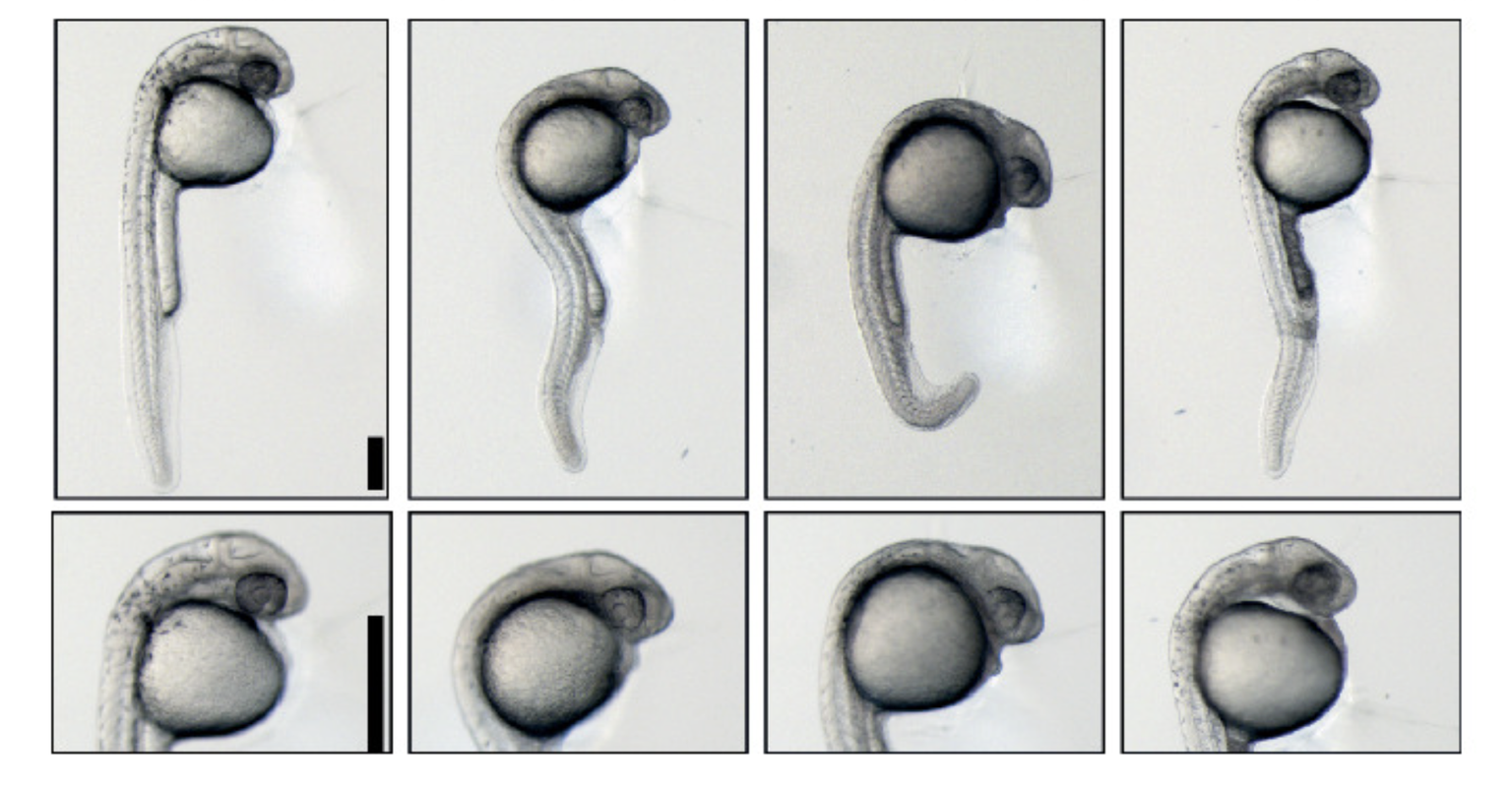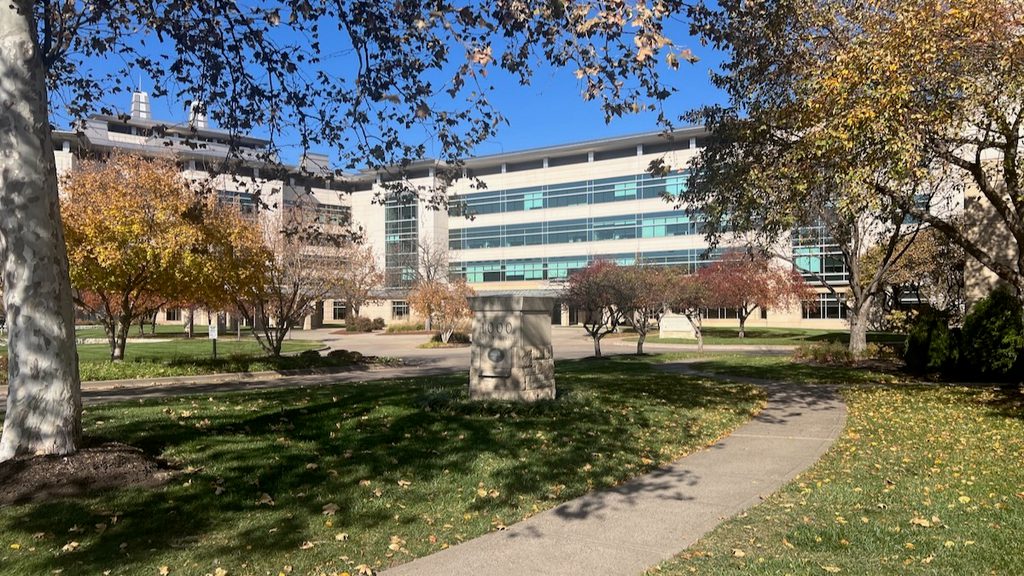#Stowers25: Celebrating 25 Years
24 November 2025
Stowers Institute celebrates 25 years of foundational research at Anniversary Symposium
25 Years of Discovery, Innovation, and Hope
Read Article
To the untrained eye / baioʊ,infərˈmætiks / appears as an unfamiliar language or maybe even gibberish, but to a linguist it is a systematic representation of the sound that the letters B I O I N F O R M A T I C S make.
Just as linguists can identify the sound of individual letters from phonetic notation and combine it with other sounds to create a recognizable word, a bioinformatician can extract and identify meaning from massive sets of biological data that might also appear to the untrained eye as gibberish. As modern scientific techniques such as DNA sequencing produce vast amounts of information about genes, proteins, nucleotides and amino acids, a relatively new form of science called bioinformatics has developed.
Bioinformatics scientists or bioinformaticians are trained to use computational tools and statistical methods to sort through mountains of biological data to visualize data and find meaning in the patterns that emerge. And by revealing the behavior of individual genes and proteins within genomes, they can provide researchers a better understanding of biological processes.
“Bioinformatics scientists are a bit like biological treasure hunters,” says Chris Seidel, PhD, who in his role as genomics scientist works closely with bioinformaticians to optimize analysis strategies for experiments that involve massive data. “They have to sort through all the sand to find the nugget of gold that reveals a bigger treasure.”
In a collaborative internship program with the University of Oregon aimed at producing highly trained bioinformaticians, four master’s level students have spent the better part of a year embedded in Stowers labs learning and refining biological, statistical, and computational skills and applying them to biological questions posed by our scientists.
Learn about this program, what motivated these students to pursue a degree in the field of bioinformatics, what they hope to achieve, and how training at Stowers has influenced them.
#Stowers25: Celebrating 25 Years
24 November 2025
25 Years of Discovery, Innovation, and Hope
Read Article
News

18 November 2025
Stowers Associate Investigator Ariel Bazzini, Ph.D., discusses a collaboration that uncovered a new mechanism guiding the earliest steps of life.
Read Article
In The News

17 November 2025
From The Beacon, when the Institute opened its Kansas City headquarters in 2000, much of the scientific world was skeptical that biomedical research could succeed in the Midwest.
Read Article
